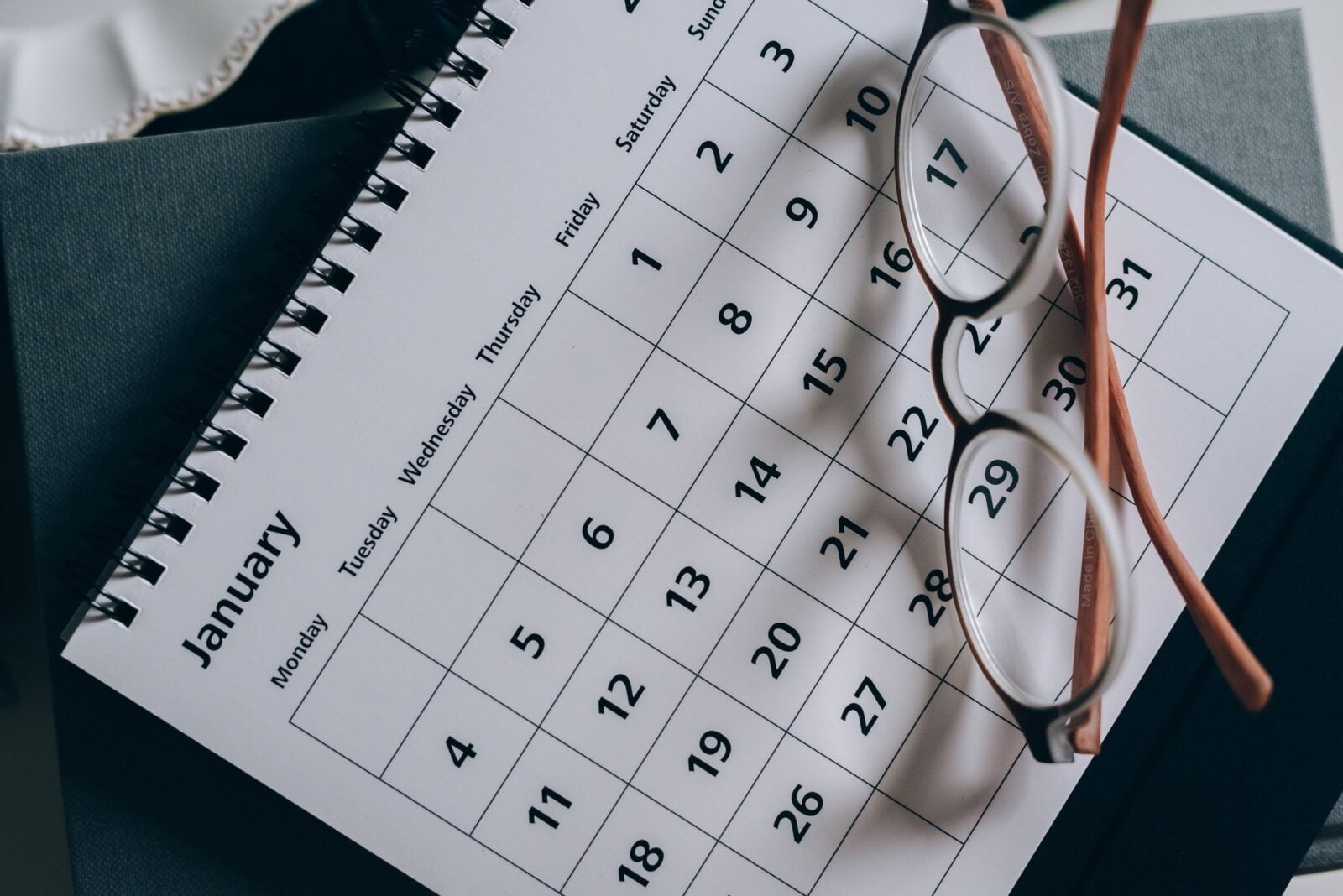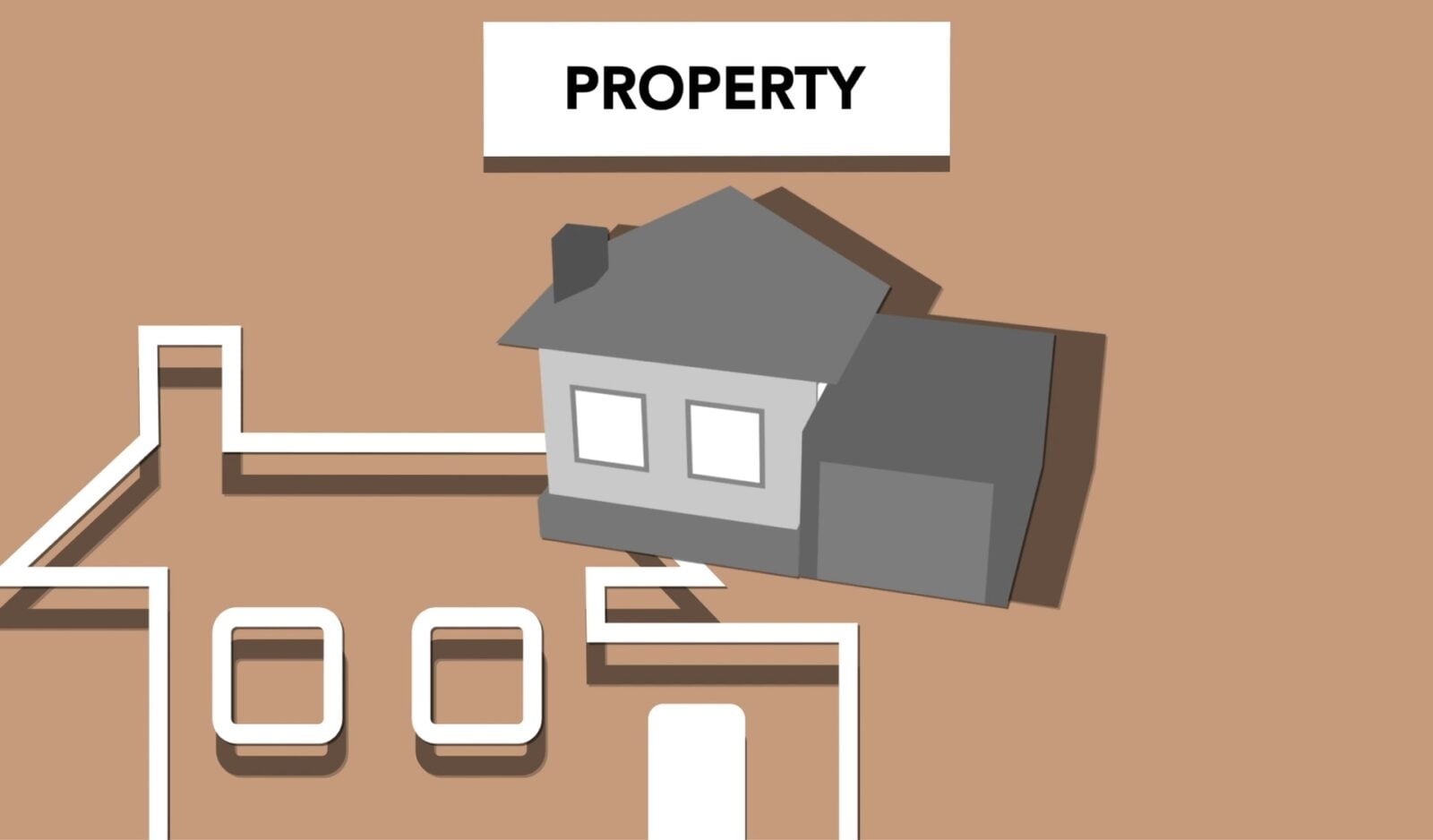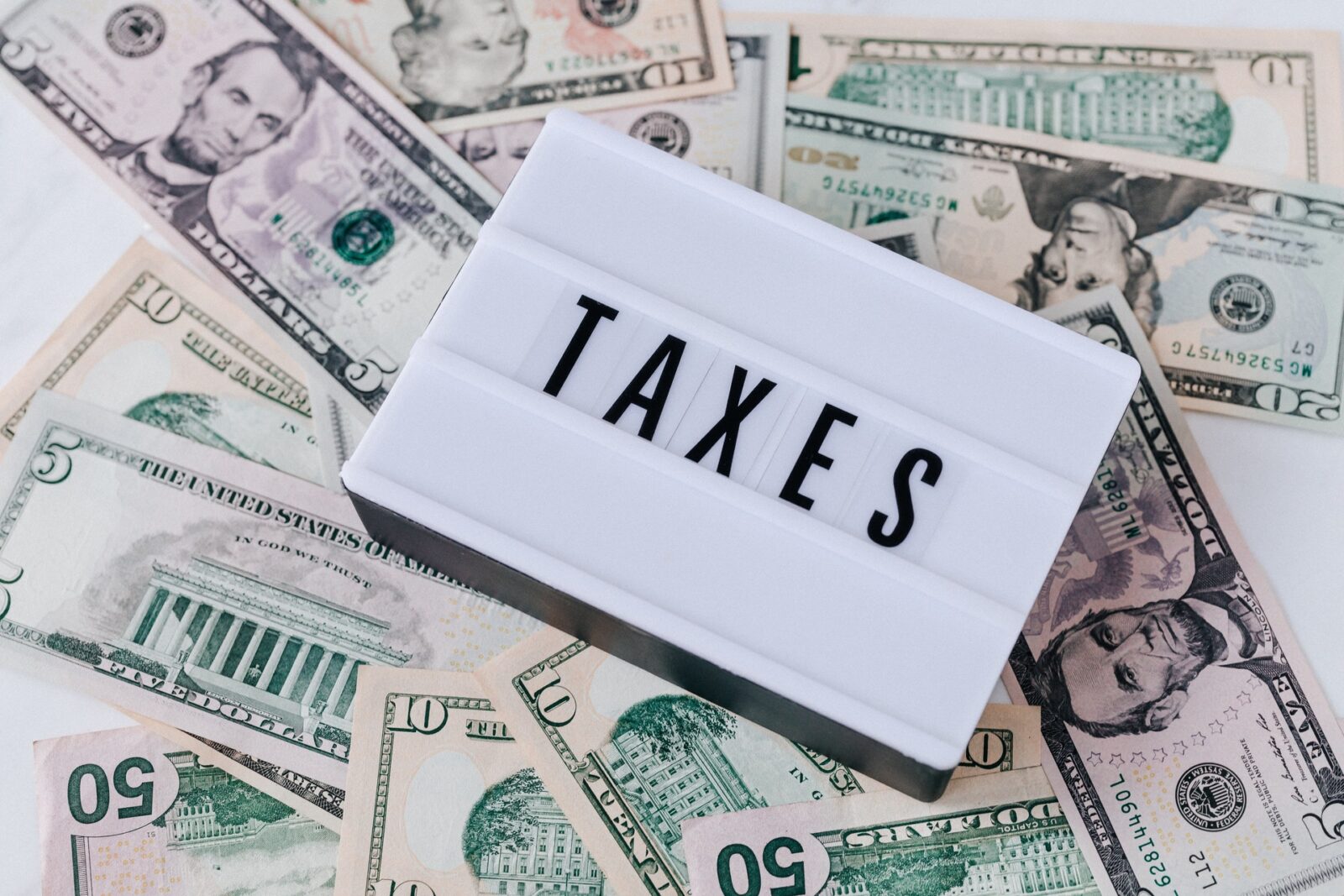The 1031 exchange is a tax law that allows the investor to defer capital gains taxes on their property. In order to qualify for this, you must follow certain rules and timelines for the 1031 exchange. How do the different timelines work? What are some of the consequences of not following these rules? Let’s dive in!
1031 Exchange Timelines and Rules
Simply put, an 1031 Exchange is a property swap between two property owners who own similar (like-kind) properties. However, the chances of finding someone who has the precise property you want and wants the identical property you have are close to none. As a result, the vast majority of trades are delayed, Starker trades (named for the first tax case that allowed them) or three-party trades.
A competent intermediary (middleman) is required in a delayed exchange, who retains the cash after you “sold” your property and uses it to “purchase” the replacement property on behalf of you. This three-party transaction is classified as a swap.
A 1031 exchange timeline includes 3 main timelines: the identification period, 45-day rule, and 180-day rule. Let’s go over each one in detail below.

Day 0
Day 0 is also known as the identification period. The timeline to identify according to identification rules and purchase a replacement property begins on the day that you close escrow on the relinquished property.
45-Day Rule
The 45-Day Rule is a very important part of 1031 exchanges. This 45-day limit is a hard and fast guideline. You can lose your opportunity at a Section 1031 Exchange if you’re one day late, and you’ll be obliged to pay income tax on depreciation recapture as well as capital gains taxes on the sale.
This rule states that, within 45 days of the sale of your property, you must use all proceeds from that sale to purchase a new one for investment purposes. If not, then it will disqualify you from doing a 1031 exchange.
You can only purchase one new investment property during this time, so choose carefully which one to buy. You cannot purchase the same type of investment property that you just sold in order for it to qualify as a 1031 exchange.
180-Day Rule
The 180-day rule is the amount of time you have to reinvest the proceeds from the sale of your property into a “like-kind” replacement property.
If you don’t follow this rule, then you will not be able to defer your capital gains taxes.
Timeline and Steps for a Delayed 1031 Exchange
A delayed 1031 exchange is the same as a regular 1031 exchange except that it can take place at any time during or after your initial sale.
The steps of this type of transaction are identical to those in the identification period, except you don’t have to identify three properties on day 45. You get an extra 180 days to find a replacement property, so this can be a great option if you’re not sure which property to sell first.
The only downside is that you have to pay capital gains taxes on the sale of your original property, even if it’s deferred. But if you’re planning on selling anyway, then this could be a great way to save taxes and still defer them.

Timeline and Steps for a Reverse 1031 Exchange
This type of exchange is a great way to get out of an investment that you no longer want. It works the same as a regular 1031 exchange, except you buy the replacement property before you sell your original investment.
This can be a great option if you’re not sure whether or not you want to keep your current investment. You can buy a new property and then sell the old one if you don’t want it anymore – no harm, no foul.
There is also an identification period involved with this type of transaction just like there was in the regular 1031 exchange process, except that you only have 45 days to identify three potential replacement properties rather than 45 days to identify one.
1031 exchange examples
Now that you know the different timelines involved in a 1031 exchange, let’s take a look at some examples to make things a little bit clearer.
Example #01
You sell your property on day 45 of the identification period and use the proceeds to buy a new property on day 180 of the exchange period. This is a valid 1031 exchange and you will not have to pay any taxes on the sale of your original property.
Example #02
You sell your property on day 45 of the exchange period and use the proceeds to buy a new property on day 180 of the identification period. This is not a valid 1031 exchange and you will have to pay capital gains taxes on the sale of your original property.
Example #03:
You sell your property on day 45 of the identification period and use the proceeds to buy a new property on day 180 of the exchange period. This is not a valid 1031 exchange because you bought back an identical type of investment that you sold during step one – this does not qualify as a delayed 1031 exchange, even if the replacement property is located in a different state.
Example #04:
You sell your property on day 45 of the identification period and use the proceeds to buy a new property on day 365 of the exchange period. This is not a valid 1031 exchange because you did not follow the 45-day rule – you have to buy a new property within 45 days of selling the old one.
Example #05:
You sell your property on day 365 of the identification period and use the proceeds to buy a new property on day 45 of the exchange period. This is not a valid 1031 exchange because you did not follow the 180-day rule – you have to buy a new property within 180 days of selling the old one.

1031 Exchange Tax Implications
A 1031 exchange is a type of tax deferment strategy that allows an investor to sell one property and buy another without paying taxes on the profit.
There are several rules associated with this kind of transaction, but if you follow them carefully then you can save yourself quite a bit in capital gains tax each year.
The basic idea behind a 1031 exchange is that you’re allowed to trade one property for another without having to pay taxes on the sale. This can be a great way to move your money around without taking a big hit from the IRS.
There are several things you need to keep in mind when planning a 1031 exchange, however:
- The money from the sale of your original property must be used to buy a new investment within 45 days.
- You can only complete one 1031 exchange per year, and you have 180 days in which to find a replacement after selling your old property.
- The replacement property has to be like-kind (stock for stock, real estate for real estate, etc.)
- You can only do a 1031 exchange once every two years.
There are some other rules associated with this kind of transaction as well – you may need to consult your tax professional if there’s anything that isn’t clear or that you’re concerned about.
Important Points About Taxes
You should be aware that one important requirement in a 1031 exchange is that the replacement property must be of “like-kind” or have similar properties.
For example, if you sell your house and buy an apartment building with the proceeds then this isn’t considered to be like-kind – it’s not permitted under IRS rules. A common way around this issue for real estate investors is to sell the property in one state and buy another within 24 months.
This way, you can avoid having to pay capital gains tax on your original sale – though it’s important for you to follow all of the rules carefully, or else this strategy won’t work out as well as expected.
It’s also worth noting that your 1031 exchange needs to be completed within 180 days of selling the original property.
For example, if you sell a piece of real estate on May 31st then you need to purchase another one by October 30th in order for this kind of transaction to qualify as tax-free under IRS rules.
There are some exceptions that you can make to this rule if you want, but it’s important that you keep all of the rules in mind when planning a 1031 exchange.
You also need to remember that your replacement property must be like-kind. If not then this kind of transaction will fail and you’ll have to pay taxes on the gains you made.
If, however, your 1031 exchange is completed within 180 days and any other rules are followed then this transaction can be completely tax-free for investors each year. It’s important that you understand how to complete a 1031 exchange correctly so that you aren’t hit with big capital gains taxes when it’s all said and done.
Conclusion
A 1031 exchange is a type of tax deferment strategy that allows an investor to sell one property and buy another without paying taxes on the profit. There are several rules associated with this kind of transaction, but if you follow them carefully then you can save yourself quite a bit in capital gains taxes each year.
The basic idea behind a 1031 exchange is that you’re allowed to trade one property for another without having to pay taxes on the sale. This can be a great way to move your money around without taking a big hit from the IRS.
Contact us today to learn more about how you can complete a 1031 exchange with the highest tax benefits!

FAQ
How long does it take to close a 1031 exchange?
If you are closing a 1031 exchange, then it will take approximately 180 days to close on your new investment property.
What are the steps in a 1031 exchange?
There are three steps in a 1031 exchange.
The Identification Period:
This is the first step in a 1031 exchange and it occurs when you identify the property that you will be selling. You have 45 days to do this, and you must identify at least three properties.
It’s important to note that you cannot close on the sale of the property during this time. If you do, it will disqualify you from doing a 1031 exchange.
The Exchange Period:
This is the second step in a 1031 exchange and it occurs when you actually sell your property. You have 180 days to complete this step, but you must close on the sale of your property by the end of the day.
You can only close on one property during this time, so you have to be careful when choosing which property to sell first. You cannot buy back the same type of investment that you just sold in order for it to qualify as a 1031 exchange – but there are some exceptions (we will go over those later).
The 45-Day Rule:
This is the final step in a 1031 exchange and it occurs when you reinvest the proceeds from the sale of your property. You have 45 days to do this, and you must use all of the proceeds from the sale to buy your new investment property.
What are the rules for the 1031 exchange?
There are many different rules that you need to follow in order for the 1031 exchange to be legitimate. The most important rule is that there can’t be any identification periods before the 45-day rule (or 180-Day Rule). If your property fails this test, then it won’t qualify as a 1031 exchange and you will not get any tax benefits from it!
Another important rule is that you can only buy back the same type of investment that you just sold. You cannot change the characteristics of your new property in order for it to qualify as a 1031 exchange.
The final rule is that you must use all of the proceeds from the sale of your property to buy your new investment property. If you don’t, then you will not be able to defer your capital gains taxes.
To discover more about how to accomplish a 1031 exchange with the best tax benefits, contact us now!

